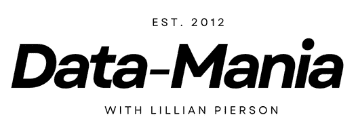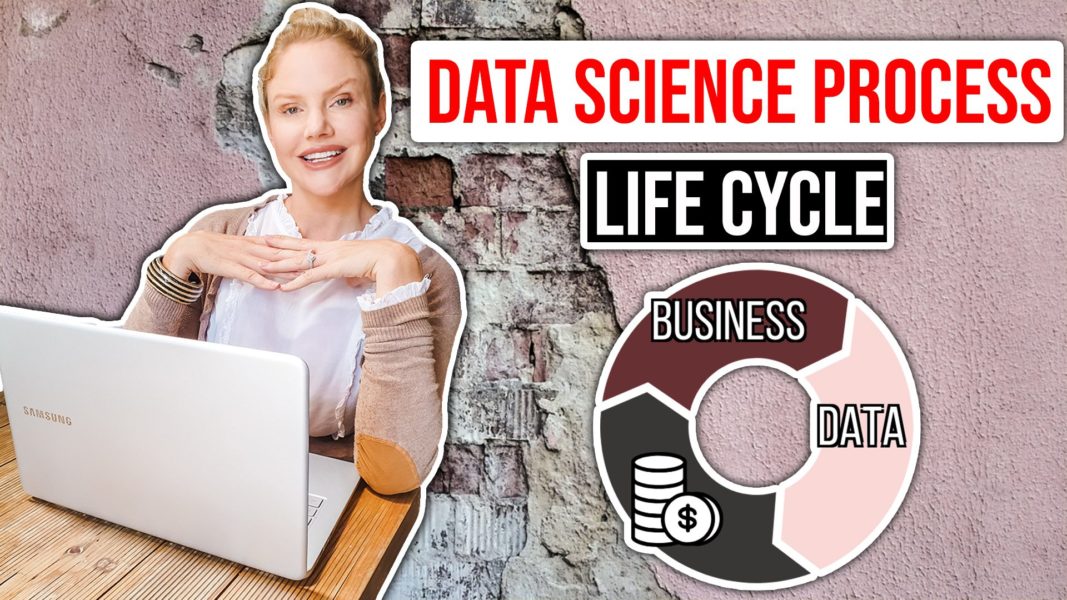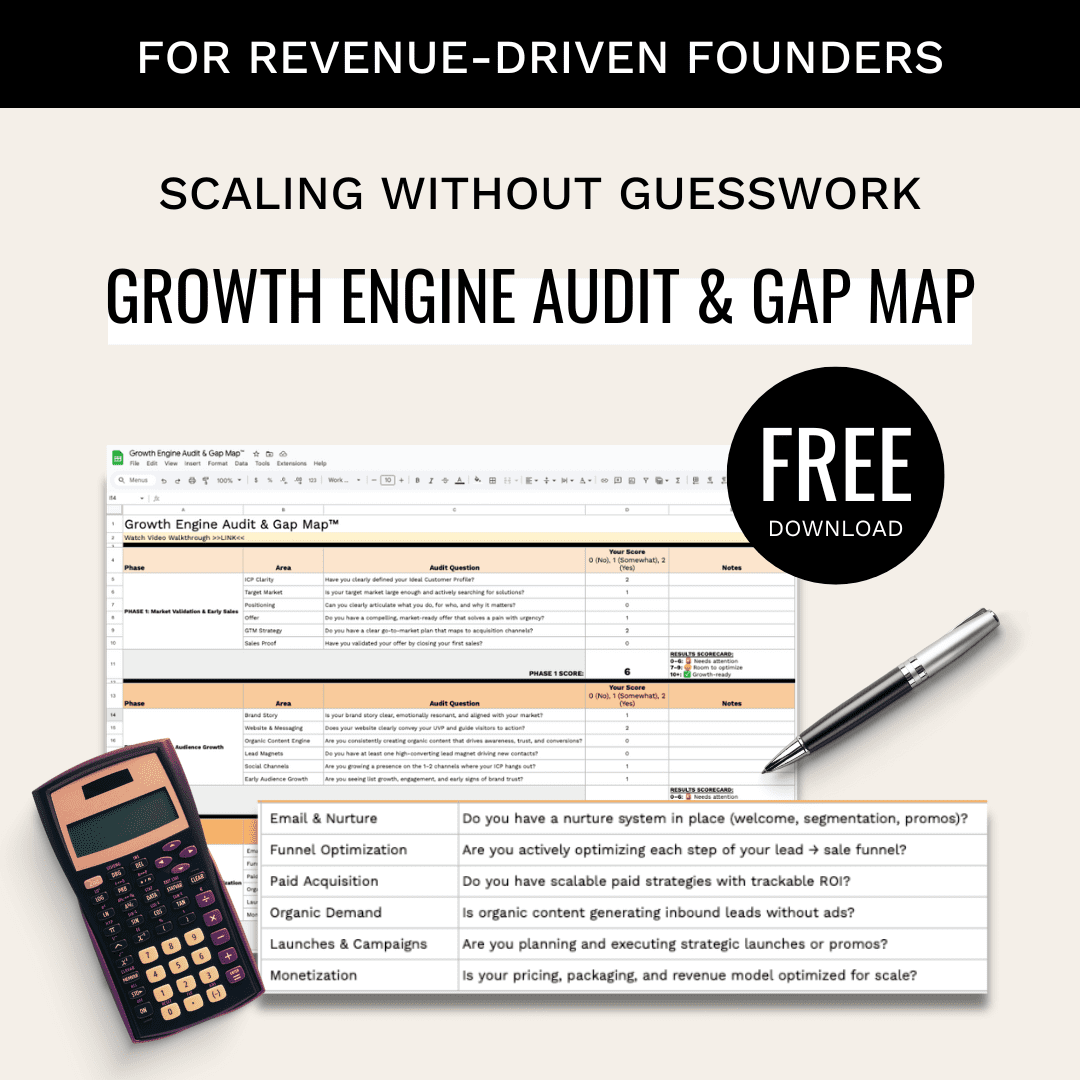If you follow my blog, trainings, books or data strategy products, there’s a good chance you’re a data professional, a data leader, or at the very least need to harness and utilize data for your business. And if you’re following along ardently, you’re probably excited to know that today’s blog post is actually a super-valuable, FREE training on a very important topic: The Data Science Process Lifecycle.
You’re going to want to stick around to get:
✅ 5 steps that Data Leaders need to take to establish the most effective data science process lifecycle possible (click here to jump to that section), and
✅ 3 steps that Data Leaders need take in order to enforce a business-centric structure around all of the data work that’s happening within their company! (click here to jump to that section)
And get ready to get your implementation people clued into your core business vision – today!
WATCH THE TRAINING IN THIS ⬇️ VIDEO, OR READ THE TRAINING IN THE BLOG CONTENT BELOW IT.
Data leaders, you may have noticed:
Sometimes us data folk can struggle to see the forest for the trees.
And if you are a data scientist like I am, you may have squirreled away some pointed insights of your own. Perhaps this one rings a bell:
Nobody gives you a map of the forest, yet everyone expects you to find your way through it.
Let me tell you this. It’s a very rare company that does not have this problem.
If your data team isn’t properly tuned into your business vision, they could be spending all their time tending to one lonely sapling. They’ll be completely oblivious to the fact that bulldozers are ripping apart the rest of the forest.
Trees aside, a disconnect between a data science team and organizational strategy is a problem countless data leaders face.
It can feel like a tricky issue to overcome. You don’t belong down in the details, micromanaging the ins and outs of a data project. But, at the same time, if you don’t put effort into directing your data team, you’re pouring time and money down the drain.
If you’re on the other side of the fence – working on the implementation side of things – you may find yourself frustrated by a lack of strategic direction and subsequent inefficiencies within your team.
I’ve been there myself. Been there, done that, got the t-shirt. I know from many years of experience that a data team without a firm understanding of their place in the company’s vision is a data team that’s going to be frustrated. A firm without a strategy for forward momentum is a data team that’s going to be inefficient. And lastly, it may result to a data team and heading down a fruitless path.
So, what to do?
The good news is that you can rapidly and drastically improve your data science process by following a few simple steps. These stepes will help develop a business-centric data use case framework that not only gives your data team some focus, but also brings them onboard with the organizational strategies driving your data program.
A data team empowered to implement your organizational strategies? Now that’s a superpower worth investing in!
In this post, I’m going to offer you 8 simple steps that will help you improve your data science process lifecycle. And more importantly, to help you develop a business-centric data use case framework. This framework will finally see your data team making some serious ROI.
We’ll look at:
- What a data science process lifecycle is, and why you need one
- Traditional data science lifecycles and why they’re lacking
- Five steps to a more effective data science process lifecycle
- Data use case frameworks, and why they need to be a part of your lifecycle
- 3 steps to creating data use case frameworks that support your data science operations and boost your business
With these steps fresh in your mind, you’ll be armed and ready to lead your data team into a new era of productivity and success.
Let’s get to it!
What is a Data Science Process Lifecycle?
 It’s a mouthful, isn’t it? But a collection of words worth their weight in gold.
It’s a mouthful, isn’t it? But a collection of words worth their weight in gold.
A data science process lifecycle is – simply put – a process for managing your data initiatives.
If you’re on the implementation side of things, it will help you understand your company’s big picture. This includes the pathways you need to take during the course of your work, and how the outcomes of your work tie into organizational priorities and vision.
If you’re a data leader, getting involved in developing a data science process lifecycle for your data team will help them feel more involved in the company’s objectives. It will empower them to make good decisions about data implementation that lead to ROI wins. Ultimately, it will keep the business vision at the center of any and all data projects.
Why is the Data Science Process Lifecycle so Important?
I’ve lost count of the number of businesses I’ve worked with that have really great data science teams. The teams work really hard on projects that are totally removed from the core organizational strategy and vision.
Ouch.
If this situation is familiar to you, it’s time to reset. Not only is this kind of disconnect inefficient and ineffective, it’s the potential gains rather than the losses you should be concentrating on. Yes, inefficiencies in your data team are likely costing you money. But what possible profits are you missing out on by running a data program that is disconnected from your business vision?
If you are a data leader, you need to ask yourself this:
“How am I ensuring that the processes operating within my business are actually effective in helping the business to reach its vision?”
In this article, I want to offer you 5 steps to establishing what I believe is the most effective data science process lifecycle. Also, another 3 steps to enforcing a business-centric structure around all of the data work going on within your organization.
The Traditional Data Science Process Doesn’t Work
This is nothing new, right?
The concept of a data science process lifecycle has been around awhile. But, there are two main problems with how it has traditionally been approached:
1) Leaders too often overlook it (and then wonder why they’re not seeing ROI from their data science business unit); and,
2) It’s missing something. And that something is quite important.
Microsoft Azure’s Team Data Science Process has long been considered the gold standard for developing a data process lifecycle. While it is certainly close to the mark, it’s missing one key component to make it a truly effective tool for directing data projects.
Here’s the problem.
Data people are laser focused on the how – the implementation. Us data folk get so excited about data – how it’s gathered, what it tells us, how it can be analyzed. Due to that, we often knuckle down and do our work without questioning if the path we’re following is 100% the right one for the company.
In many organizations, data implementation people are never brought in on the ‘why’. Even if they are, without a coherent business-centric data plan, it’s very easy to forget the big picture.
No matter how great your business vision is, this disconnect will always lead to massive inefficiencies and irrelevant, tangential projects. All on the company dime.
This is where data leaders have a huge role to play. One is bringing everyone together on the same team. Get your tech people honed in on the why. Re-emphasize to them the importance of actually solving the business problem. And then watch as your entire business strategy starts to bloom.
5 Steps to a Better Data Science Process
Wouldn’t it be great if you could know without a doubt that the work your data team is doing is 100% aligned with your business vision?
My firm belief is that you can have this certainty. All you need to do is take five simple steps toward a more effective data science process.
What does that look like? Let’s jump in and take a look. This lifecycle takes its inspiration from the likes of Microsoft Azure and similar traditional processes, but with one all important addition: It’s right there at #2. Data strategy.
This small but mighty addition recognizes the overwhelming importance of using business understanding to create a data strategy that hones in on organizational objectives.
Without further ado, here are the five steps I recommend my clients follow to achieve a data science process lifecycle that really gets results:
1) Business Understanding – Get Everyone on the Same Page.
One of the biggest mistakes data leaders make is assuming that everyone in the company has the same high level, strategic view of the company that they do.
Newsflash: this is not the case. The first step in establishing your data science process lifecycle should be to go on a roadshow around your company. Take the message of the business’s vision, aims, and KPIs to your data team. And then, really talk with them about how their work fits into the wider picture.
2) Data Strategy – Build Pathways that Relate to your Business Vision.
Have you got everyone singing from the same song sheet? Now is the time to bring in the ONE THING that traditional data science lifecycles are missing. This is my magic bullet. This is the thing I believe will take your company/data relationship from zero to hero.
Strategy.
This is the all-important, all-powerful cog in the wheel. You can have all the business understanding you like. But if you go straight from that to data acquisition, inevitably planning and implementation will start to meander off the beaten track. The disconnect between company KPIs and data science will continue.
Use conversations between business leadership and data leaders. It should be used to collaborate on a road map that dictates the way forward. So many of my clients tell me this step is a game changer, and if you try it too, you’ll see why.
In the next section we’ll dig deeper into this part of the lifecycle. We will explore how developing a data use case framework is a fundamental step in your company’s data strategy creation.
3) Data Acquisition and Understanding – Methodology is Key.
Now we’ve got to the technical side of the lifecycle. It’s here that your data science business unit will likely already have its own methods for data acquisition and analysis.
To make sure everyone stays on track and keeps the business vision front and center, you can develop strategy assets. Also include check-in sheets, and processes to suit your company’s individual requirements.
4) Modeling
Data modeling lies at the very core of data analysis. It’s here that your data team will choose the best type of model to work with the data in question. Then, the team will evaluate it using a set of metrics. This is a highly iterative process. They will need to try a range of models to see which one fits best.
Data modeling takes into account everything learned in the previous three steps! This means pulling together all that learning to find the mathematical approach that gives us the outcome we are looking for. If you want to delve deeper into the technical aspects of data modeling, I’ve written a comprehensive guide that will give you a great overview of this aspect of the lifecycle.
5) Deployment
This is the ‘voila!’ moment. It’s where all that strategy and acquisition starts to bear fruit. In here, the decisions you made in the previous four steps suddenly have real-life application.
If you’d like to learn more about the technicalities of the data science deployment, check out my courses over on Linkedin. It’s great for a beginner-friendly introduction to the data science essentials.
Data Use Case Frameworks – And Why You Need One
If you agree with me that having a data strategy is a great way to boost the ROI of your data team, you’ll be wanting to get pen to paper, or fingers to iPad! Create yourself now a strong data use case framework.
A data use case framework is a way of identifying specific data use categories from your fresh-off-the-press data strategy. This also includes using these categories to define your key data projects for the upcoming year.
As you’ll see below, there are three key steps to identifying and establishing your data use case framework. These steps will leave you with three to four key data use cases, that might look a little something like this:
- Optimizing the experience of existing customers through personalization
- Addressing low employee engagement
- Optimizing pricing
- Reducing administration costs
Coming up with a strong data use case framework is the logical first step after getting relevant stakeholders around a table to discuss data strategy.
Three Steps to Developing an Effective Business-centric Data Use Case Framework
Many companies fail to produce any ROI on their data operations. If you’re in the same boat, take some comfort from the fact that you are definitely not alone!
But this is not the way things need to be. There are plenty of gains to be made from within your data science team. You just need to help define some data use case functions. Help the team see their place in the overall organizational vision, and voila! Say hello to a far more efficient, far more focused, infinitely more successful data/company relationship.
I have implemented the following three-step process for multinational corporations around the world.
I know that it works. And I want to help you put the very same strategy in place for your business.
Here are the 3 steps:
1) First things first, you’ll need to create an index of the major data use cases that are relevant to your business and sector.
These data use cases should generally fall under the ‘big data’ category. This includes anything from data science to AI, IoT, data analytics and engineering.
Come up with as many as you can – let’s say around 10 to 15.
If you’re more on the implementation side of things, you may need to do a little research about what type of data use cases are important in your sector. That’s totally normal. Don’t spend too long on the research, or you’ll get bogged down in the details.
If you’re coming from a leadership perspective, a great idea is to consult with your implementation people. Not only does this create goodwill, it also gives you an invaluable insight into their work. Thus, it will give you inspiration for drawing up your data use case framework.
2) Now it’s time to identify the functions of each data use case you have defined.
Go through your list and for each one ask yourself: “How does this use case function to improve the business’s bottom line?”
By breaking each one down into really broad categories, you will create a container system you can use for easy reference when wanting to access them down the line.
3) Here’s the final sweep. Go back through and group your use cases according to the 3 to 4 functions you identified in step two.
There’s always going to be a fuzzy line between the business objectives that these use cases fulfill. Don’t worry about that. Decide what functions are most logical for your company and use those that are most important to your unique business needs.
Once you’ve completed these three steps, you’re ready to finish building your data use case library. You can then start working on building a data strategy.
Want all this AI research and strategy done for you? Get it all for just $37 inside of Winning With Data!
The biggest cause for low or no ROI in data science business units is a disconnect between business vision and data science ‘business as usual’. Follow the data science process lifecycle! Get yourself a slick new data use case framework! Lastly, watch those profits soar!
Want Even More Data Strategy Gains?
If you find this post helpful, you’re definitely going to want to check out my new product, Data Strategy Action Plan. It’s a step-by-step checklist & collaborative Trello Board planner for data professionals who want to get unstuck & up-leveled into their next promotion by delivering a fail-proof data strategy plan for their data projects. CLICK HERE to learn more.





